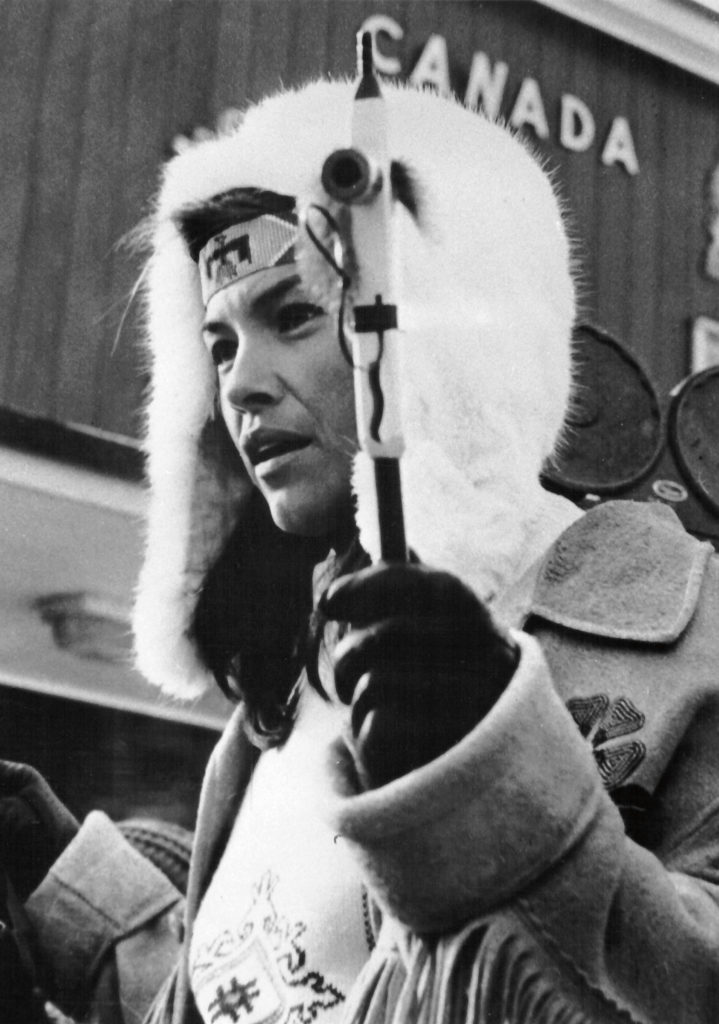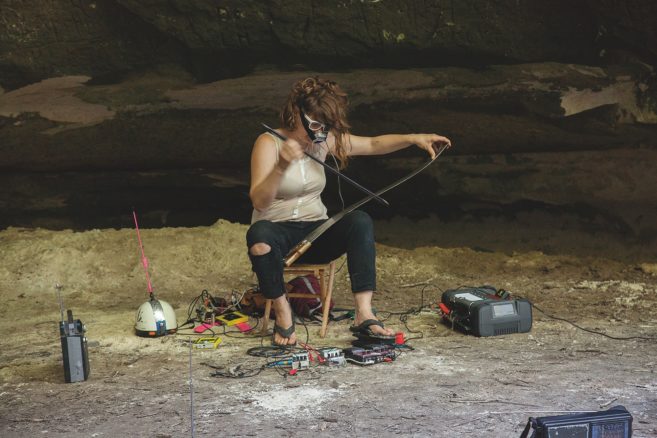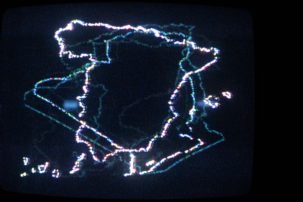Our Elders have so many stories to tell us. I’ve come to see the sharing of that bundle of knowledge as an important part of the aging process. It’s about sitting quietly, listening in. My three sisters and I grew up with a mother who was just “mom”—until the 78-day standoff many refer to as the Oka Crisis. She tells us she just ended up behind the lines. In time I’ve come to realize that wasn’t the case. After the events of 1990, I began to see my mother differently. I began to see her as an outspoken radical. This was not someone I recognized. My sisters and I grew up with her name on so many lips, but we only knew of her activism later on, because she wanted to raise us away from that.
My sisters and I began to ask questions about her views on the issues of our generation, on our traditions and history. As we asked, her stories emerged. My mother is a great storyteller. Her stories are infused with an outlook on the world that finds humour in everything. Over the last two years, my sister Kaniehtiio has been making a podcast series called Coffee With My Ma, in which Kaniehtiio and my mother sit together and talk about certain events in our mother’s life. We have heard of most of the stories already, but then once in a while she surprises us with something different.
Recently, I curated an exhibition called “My Mom, kahntinetha Horn, the ‘Military Mohawk Princess’” for the Carleton University Art Gallery (CUAG). The show was the result of a chapter I am writing about her for a book on Indigenous celebrity. I started online; I googled my mother’s name, in its many formats, to see what would come up. What appeared first were some sensational photos from the 1960s, and it was from there that I took the name for the show. My mom: the Military Mohawk Princess.
As I researched photographs and interviewed my sisters and mother, I would post snippets of my writing or some of the photographs I found on my Facebook page. I have friends on Facebook who remember my mother from a long time ago, or who let me know that family members remember her, and her activism. Sandra Dyck, director of CUAG, was intrigued by what I was posting and asked me if I would be interested in curating a show. I thought, Well, this is a great way to pass on her bundle of knowledge.
Our mother grew up in Kahnawake (Caughnawaga). She was from a family of nine children and witnessed the expropriation of her grandparents’ land for the construction of the St. Lawrence Seaway, in the 1950s. She was a teenager at this time and the efforts by her grandfathers to fight to keep their farms had a huge impact on her. She often remarks that when the Queen came through on her big royal yacht, she responded by raising her fist and swearing at her as she went by. My mother has never forgotten the day the nun in the day school told her that she was of a dying race. These were the kinds of things that fuelled her activism, and it was this activism I wanted to communicate in “Military Mohawk Princess.”
One day last fall, I was sitting with my mother on her porch and I asked her about a letter she had once told me about. As the story goes, my mother had tried to deliver a letter to the Queen, at Buckingham Palace. She told me the story and then paused, thinking, and said, “I think I still have a copy.” I almost choked on my coffee and asked, “Where?” My mother replied, “In the shed!” We spent the afternoon pulling out boxes and reminiscing over research and writing dating back to the 1960s. As a scholar and the family historian, I was in my glory! I left Kahnawake the next day with boxes of writing and photos that became the basis for the CUAG show. And it seemed that my efforts awoke her memory.
I sat with her one day as we went through another set of her files and she expressed to me how happy she was that her writing and research wouldn’t stay in the filing cabinets. She was thrilled that someone was going to make use of it. As we went through some of her writing, she said, “See what one person can do! I didn’t need a committee to tell me what I could or couldn’t do! I just went out and did it!” My mother’s words were the unwritten subtext of “Military Mohawk Princess.” Our mother was ahead of her time: an outspoken Mohawk woman at a time when there were no national Indian women’s organizations. She did the research, spoke from the heart, turned some heads, threw some punches and got her point across.
As I did my curatorial work I thought about the message I wanted to share about my mother. I wanted to present her in multiple ways, like in her stories. She is not one-dimensional. The show begins at the beginning, and examines the core impetus for her activism: the seaway expansion and its impact on her grandfathers. From there, the exhibition moves into her work in the 1960s, the time at which she gained a voice and used her beauty and notoriety as a platform for her activism. I also included four episodes of the podcast Coffee With My Ma, so that viewers could hear her stories told in her own voice. This is an integral part of letting our mother speak for herself. This is her bundle, after all.
When the show opened in January 2019, my mother was there to see it for the first time. Awestruck at what we had done, she remarked, “I did all that?” I said, “Yeah mom, and this isn’t even the tip of the iceberg!” In a couple more years, our mother will be entering her ninth decade of life. She is still a prolific writer and fighter for causes that concern our people. It was through my curatorial work that I realized, in a small way, the impact of her activism. My mother is often asked for her input and guidance on how to go about dealing with things. She still says, “The best thing is to give a good punch. Right where it hurts.”

 kahntinetha Horn ca. 1960s. Photographer unknown. Courtesy Carleton University Art Gallery.
kahntinetha Horn ca. 1960s. Photographer unknown. Courtesy Carleton University Art Gallery.







